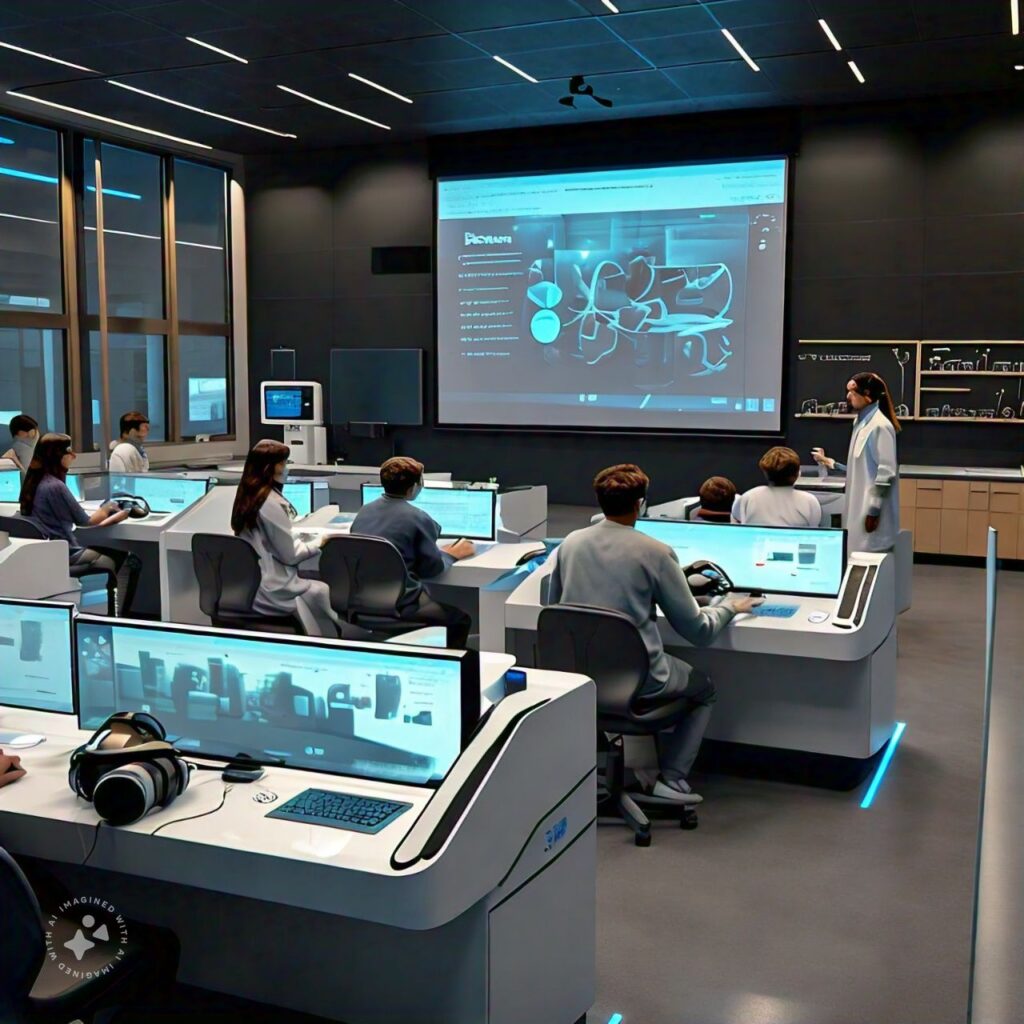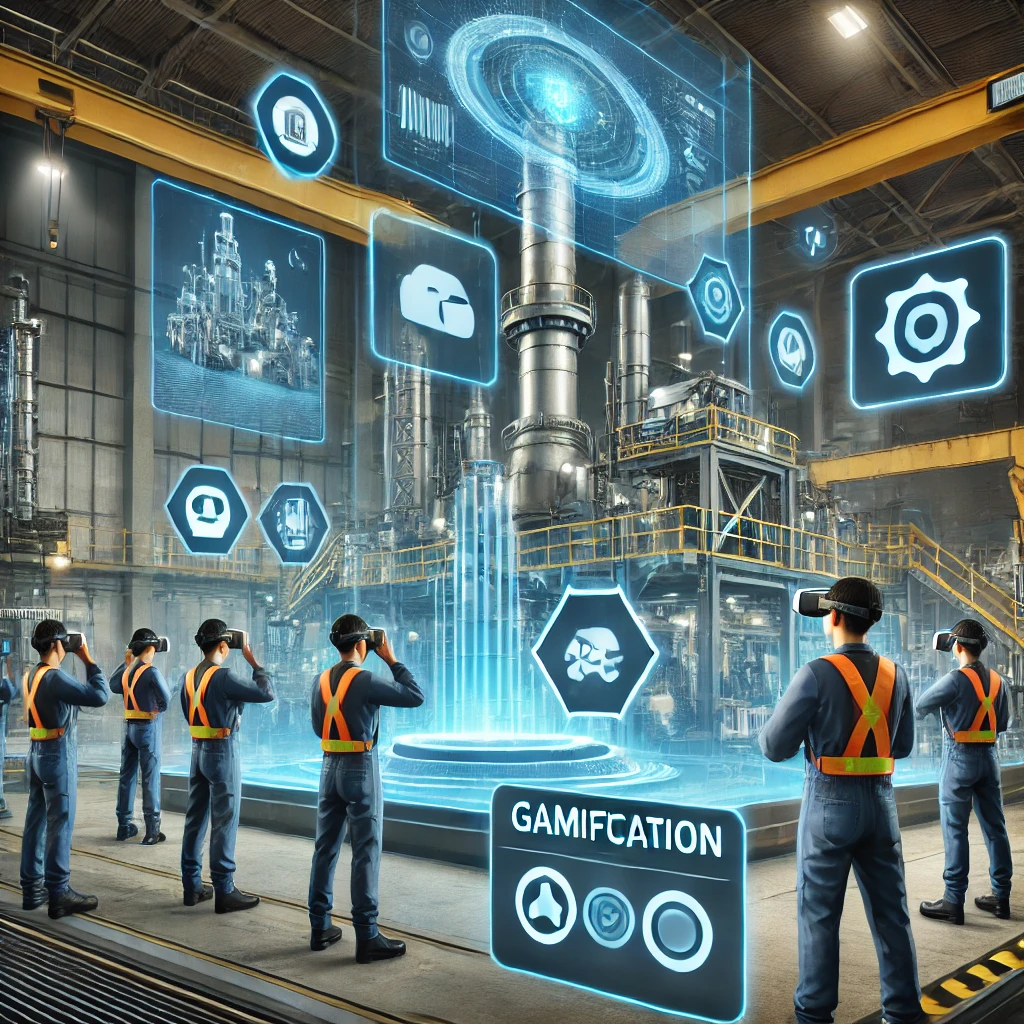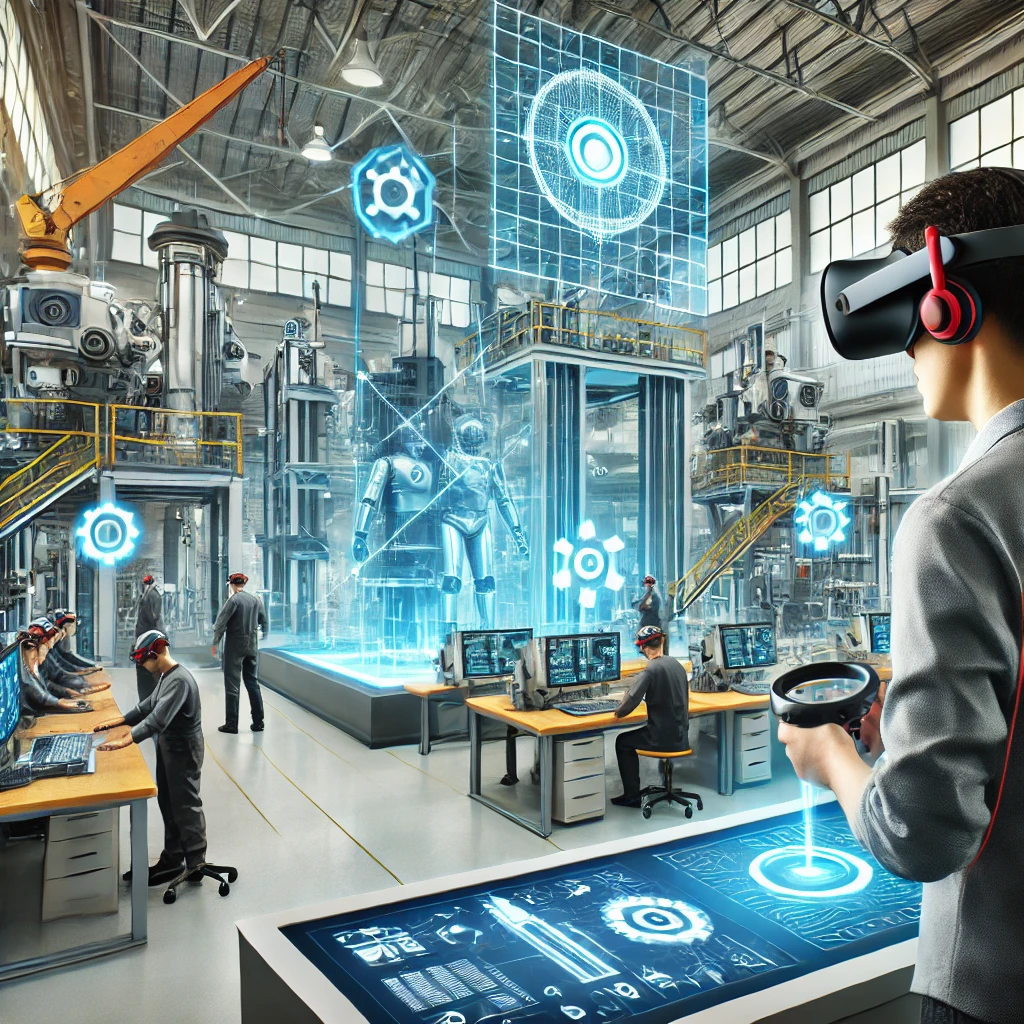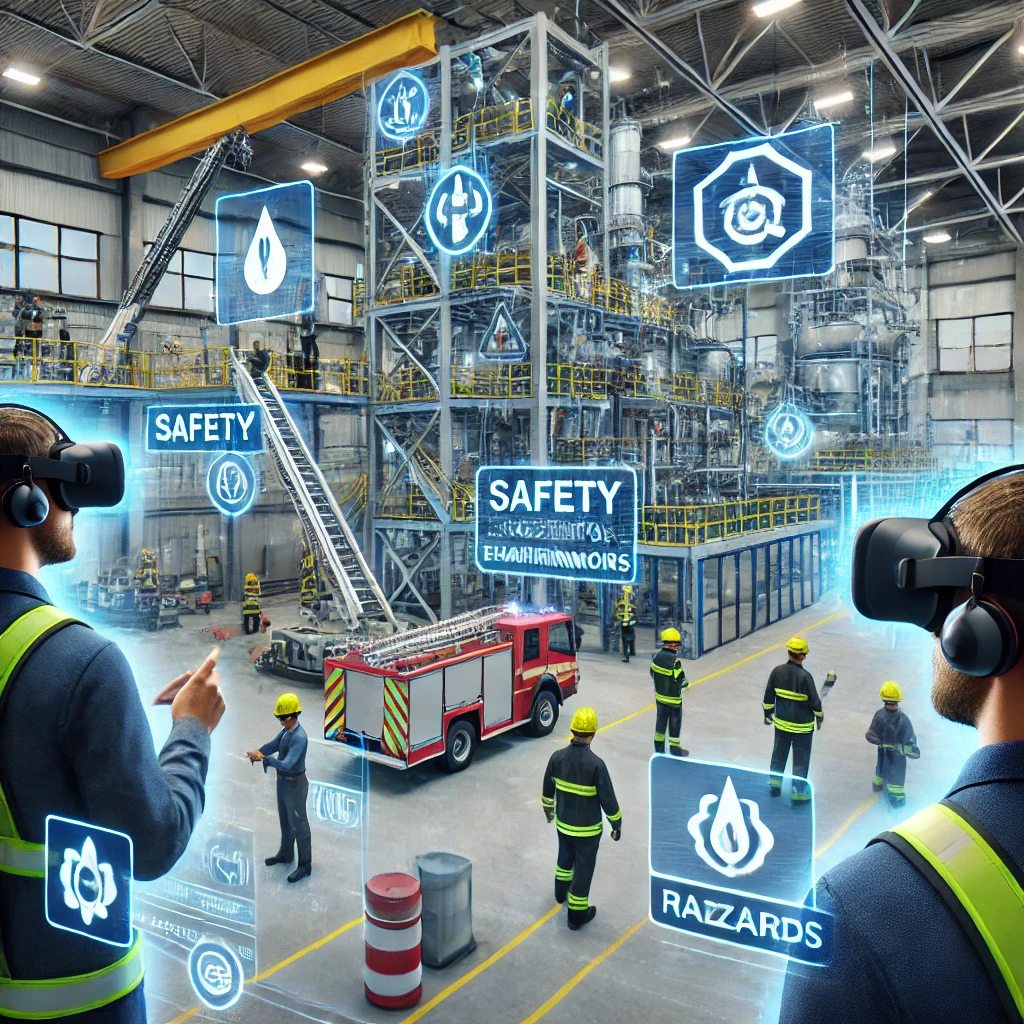As education shifts to embrace the digital era, NextGen Virtual Labs are emerging as game-changers in the field of science and engineering education. These digital, interactive labs offer students an immersive learning experience that brings complex concepts to life, making learning more accessible and engaging than ever. This article explores the role, benefits, and future of NextGen Virtual Labs in shaping the next generation of scientists and engineers.
The Role of Virtual Labs in Science and Engineering
Traditional lab environments are essential for hands-on experience, yet they come with limitations in cost, accessibility, and scalability. NextGen Virtual Labs solve these issues by providing a digital platform where students can perform experiments, test hypotheses, and observe results, all from the comfort of their devices. Virtual labs can simulate everything from basic physics experiments to complex chemical reactions, all with a few clicks.
These virtual labs are especially valuable in science, technology, engineering, and mathematics (STEM) education. They enable students to:
- Experiment freely without safety risks: No need to worry about hazardous chemicals or equipment malfunctions.
- Access high-quality labs regardless of location: Rural and underserved areas gain access to state-of-the-art experiments.
- Work at their own pace: Students can revisit experiments and lessons anytime, supporting personalized learning.
NextGen Virtual Labs are rapidly becoming integral to STEM curriculums, helping students develop skills critical to their future careers.
Advantages of NextGen Virtual Labs
Virtual labs provide a wealth of benefits for students, teachers, and educational institutions alike. Here are a few key advantages:
For Students
- Hands-on learning without limits: Students can practice repeatedly, making mistakes and learning from them without physical limitations.
- Enhanced engagement: Interactive simulations make learning fun and memorable, often leading to better retention of concepts.
- Real-time feedback: Immediate feedback on experiments allows students to understand their errors and correct them quickly.
For Educators
- Ease of setup: Virtual labs save time and resources in setting up complex experiments.
- Better monitoring: Teachers can track student progress and engagement with data from the virtual labs.
- Inclusive learning environment: Educators can offer equal opportunities to all students, regardless of location or resources.
For Educational Institutions
- Cost efficiency: Virtual labs significantly reduce costs associated with lab equipment, materials, and maintenance.
- Scalability: Institutions can implement these labs across multiple campuses or online programs.
- Environmental benefits: Fewer physical resources mean a smaller environmental footprint, aligning with green initiatives.
Technological Innovations in Virtual Labs
NextGen Virtual Labs leverage cutting-edge technologies to create highly realistic and effective simulations. Some notable advancements include:
- Artificial Intelligence (AI): AI customizes lab experiences based on student needs, enabling adaptive learning paths.
- Virtual Reality (VR) and Augmented Reality (AR): VR and AR provide an immersive 3D experience, allowing students to interact with experiments as if they were physically present.
- Cloud Computing: With cloud-based labs, students can access labs anytime, anywhere, without needing advanced hardware.
- Machine Learning (ML): ML algorithms help virtual labs analyze data in real-time, offering students insights based on their experiments.
These technologies ensure that virtual labs continue to evolve, delivering richer and more interactive educational experiences.
Real-World Applications and Success Stories
Virtual labs are not just theoretical tools; they’re transforming education in real-world settings. Some prominent examples include:
- Labster: This popular virtual lab platform has partnered with hundreds of universities worldwide, offering simulations in biology, chemistry, and physics. Students can experiment with everything from cell biology to organic chemistry without setting foot in a traditional lab.
- PhET Interactive Simulations: Developed by the University of Colorado, PhET offers free simulations in various subjects, widely used across K-12 and higher education.
- Google’s Science Journal: This app allows students to record observations and experiments in real-time, bridging the gap between digital and physical learning experiences.
These platforms illustrate the potential of virtual labs to make science accessible, affordable, and impactful on a global scale.

NextGen Virtual Labs for Education
Challenges and Solutions in Implementing Virtual Labs
While virtual labs offer numerous benefits, they come with their own set of challenges:
- High development costs: Creating immersive simulations requires significant investment in technology and talent.
- Solution: Schools and universities can leverage partnerships and grants to offset costs, while companies can offer affordable licensing.
- Technology barriers: Not all students have access to high-speed internet or compatible devices.
- Solution: Institutions can offer offline versions or create hybrid setups that combine physical and virtual labs.
- Teacher training: Educators may need guidance to integrate virtual labs effectively into their curriculum.
- Solution: Training programs and user-friendly platforms can help teachers feel more confident and competent in using virtual labs.
Addressing these challenges can ensure that virtual labs continue to make a positive impact on education across the globe.
The Future of NextGen Virtual Labs
Looking ahead, virtual labs are expected to become even more integral to science and engineering education. Key trends include:
- Integration with AI-powered tutors: Personalized virtual assistants may guide students through experiments, making learning even more customized.
- Expansion into more fields: Beyond STEM, virtual labs are likely to expand into fields like psychology, arts, and social sciences.
- Gamification of learning: Adding gaming elements can further boost engagement and motivation among students.
The future of virtual labs is incredibly promising, with endless possibilities to enhance educational experiences.
Conclusion
NextGen Virtual Labs represent an exciting frontier in education, transforming how students learn and interact with scientific concepts. As these labs continue to evolve, they promise to make science and engineering education more accessible, engaging, and effective. By embracing virtual labs, educational institutions can equip students with the skills they need to thrive in the modern world.














Leave a Reply